- Techniques for Autumn Soil Fertility Restoration
- 1. Mulching
- 2. Cover crops
- 3. Green manure
- 4. Composting
- 5. Nutrient testing and amendments
- 6. Crop rotation
- Understanding the Importance of Soil Fertility
- 1. Nutrient Availability
- 2. Plant Health and Growth
- 3. Soil Structure and Water Retention
- 4. Biological Activity
- 5. Sustainable Agriculture
- Benefits of Restoring Soil Fertility in Autumn
- 1. Enhanced Nutrient Availability
- 2. Weed Control
- 3. Enhanced Water Retention
- 4. Reduced Soil Erosion
- 5. Long-lasting Effects
- Long-lasting Effects of Autumn Soil Restoration
- The Importance of Autumn Soil Restoration
- The Long-lasting Effects
- Key Steps to Achieve Soil Fertility Restoration in Autumn
- 1. Soil Testing:
- 2. Nutrient Analysis:
- 3. Organic Matter Addition:
- 4. Soil Aeration:
- 5. Controlled Fertilizer Application:
- 6. Crop Rotation:
- 7. Mulching:
- 8. Regular Monitoring:
- Optimal Timing for Implementing Restoration Techniques
- The importance of autumn
- Considerations for specific techniques
- Conclusion
- Choosing the Right Restoration Method for Your Soil
- 1. Soil Analysis
- 2. Crop Rotation
- 3. Green Manure
- 4. Composting
- 5. Organic Fertilizers
- 6. Soil Amendments
- 7. Mulching
- 8. Conservation Tillage
- Monitoring and Maintaining Soil Fertility After Restoration
- 1. Regular Soil Testing
- 2. Adjusting Fertilizer Application
- 3. Implementing Organic Matter Management
- 4. Managing Crop Rotation
- 5. Monitoring Soil Moisture
- 6. Preventing Erosion
- 7. Documenting and Analyzing Results
- Expert Insights on Achieving Sustainable Results in 2-3 Years
- 1. Soil Testing and Analysis
- 2. Implementing Cover Crops
- 3. Crop Rotation Techniques
- 4. Organic Amendments and Compost
- 5. Conservation Tillage Practices
- 6. Monitoring and Adjusting Techniques
- “Question-Answer”
- How long does it take for the autumn soil fertility restoration method to show long-lasting effects?
- What is the autumn soil fertility restoration method?
- Can the autumn soil fertility restoration method be used in any type of soil?
- What are the benefits of the autumn soil fertility restoration method?
- Is the autumn soil fertility restoration method a sustainable farming practice?
- Are there any disadvantages to using the autumn soil fertility restoration method?
- “Video” Build Amazing Fertile Garden Soil Using Free and Local Resources in your Mulch or Compost
Autumn is the perfect time to start thinking about restoring soil fertility in your garden or farm. With the right approach, you can see long-lasting effects in as little as 2-3 years. The key lies in understanding the natural processes that occur during this season and harnessing them to your advantage.
One important aspect of autumn soil fertility restoration is the decomposition of organic matter. As leaves fall from trees and plants die back, they begin to break down, releasing nutrients and minerals back into the soil. By actively composting these materials, you can speed up the process and create a rich, nutrient-dense soil amendment.
Another method to restore soil fertility in autumn is cover cropping. By planting crops such as clover, rye, or vetch, you can protect your soil from erosion, increase organic matter content, and improve its structure. These cover crops also have the ability to fix nitrogen from the air and make it available to other plants, further enhancing soil fertility.
Finally, don’t forget about crop rotation. By changing the types of crops you grow in a particular area each year, you can prevent the build-up of pests and diseases, while also allowing the soil to recover from the specific nutrient demands of each crop. This can improve soil fertility over time and contribute to healthier, more productive plants.
In conclusion, autumn offers a unique opportunity to restore soil fertility and create lasting effects in just a few years. From composting organic matter to cover cropping and crop rotation, there are several methods you can employ to improve the health of your soil. By implementing these practices, you can ensure a bountiful harvest for years to come.
Techniques for Autumn Soil Fertility Restoration
Autumn is a crucial time for restoring soil fertility. The end of the growing season provides an opportunity to replenish nutrients, improve soil structure, and prepare for the following year’s plantings. There are several techniques that can be employed to restore soil fertility in the autumn:
1. Mulching
Mulching is a technique that involves covering the soil with a layer of organic material, such as straw, leaves, or compost. This layer helps retain moisture, suppress weed growth, and gradually releases nutrients as it breaks down. Mulching also improves soil structure and promotes the activity of earthworms and other beneficial organisms.
2. Cover crops
Planting cover crops in the autumn is an effective way to restore soil fertility. Cover crops, such as winter rye or clover, can be sown after the main crop is harvested. These crops protect the soil from erosion, add organic matter when turned under in the spring, and fix nitrogen from the atmosphere, making it available for future plantings.
3. Green manure
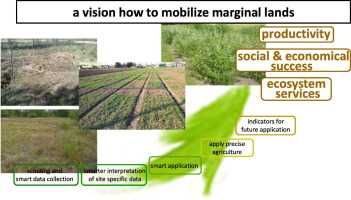
Green manure involves growing specific crops, like legumes or grasses, with the intention of plowing them into the soil while still green. This practice adds organic matter, increases nitrogen levels, and improves soil structure. Green manure crops can be sown in the autumn and incorporated into the soil in the spring.
4. Composting
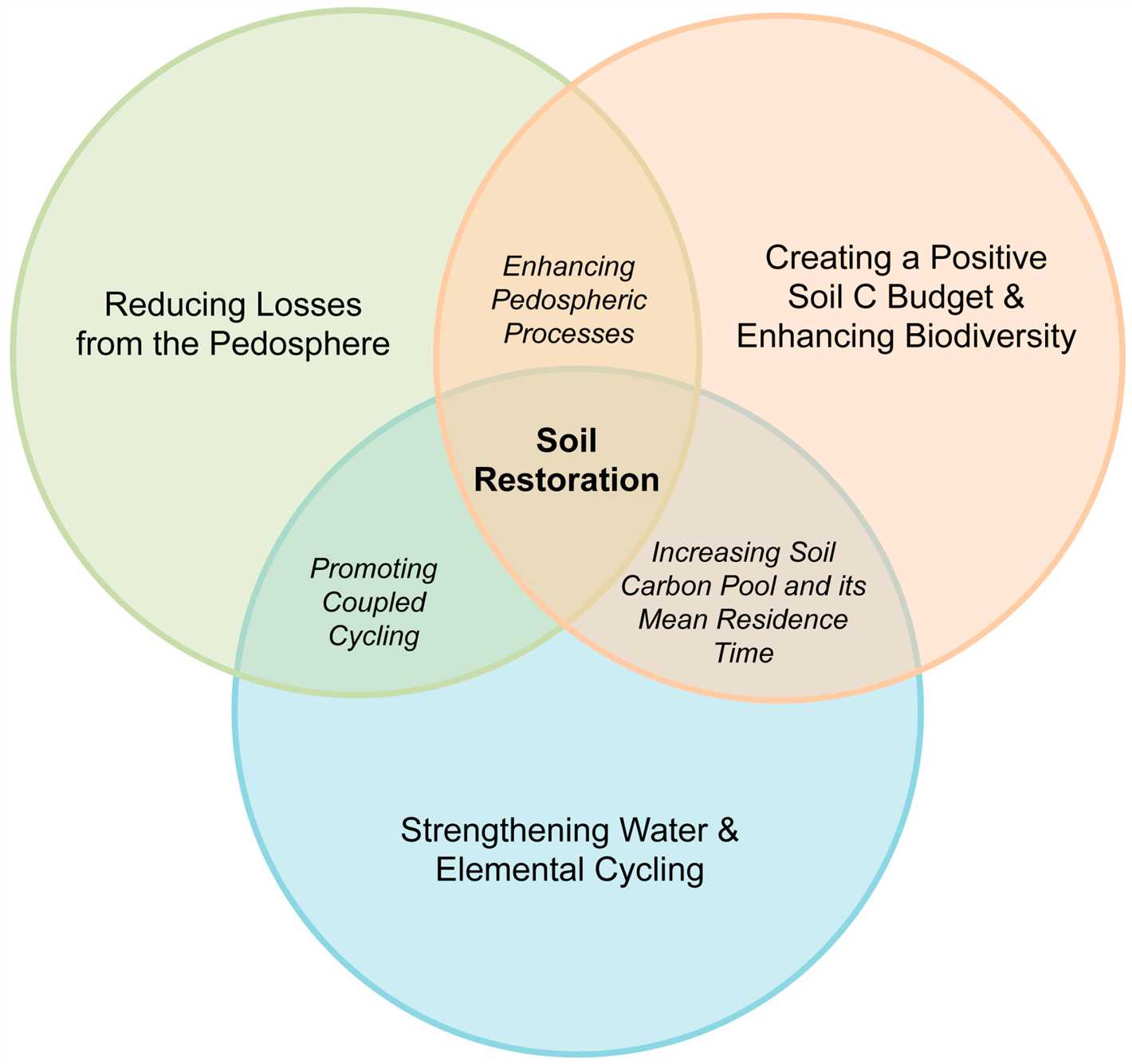
Composting is a natural process of decomposing organic waste material, such as kitchen scraps and yard waste, into a rich soil amendment. Autumn is an ideal time to start a compost pile, as the falling leaves and other plant debris can be collected and added to the pile. The resulting compost can be used to improve soil fertility and structure.
5. Nutrient testing and amendments
Testing the soil for nutrient levels is essential for determining the specific amendments needed to restore fertility. Autumn provides an opportunity to conduct soil tests and make any necessary adjustments. Adding organic amendments, such as bone meal or composted manure, can help replenish nutrients and improve soil health.
6. Crop rotation
Crop rotation is a technique that involves growing different crops in a specific sequence on the same piece of land. This practice helps break pest and disease cycles, allows for the replenishment of soil nutrients, and improves overall soil health. Autumn is a good time to plan for crop rotation and prepare the soil for the next planting season.
By employing these techniques in the autumn, farmers and gardeners can restore soil fertility and ensure the long-lasting health and productivity of their land. With careful planning and implementation, the effects can be seen in 2-3 years, leading to bountiful harvests and sustainable agriculture.
Understanding the Importance of Soil Fertility
Soil fertility plays a crucial role in the growth and productivity of plants. It refers to the ability of the soil to provide essential nutrients and maintain a favorable environment for plant growth. Understanding the importance of soil fertility is essential for ensuring sustainable agriculture and food production.
1. Nutrient Availability
One of the key aspects of soil fertility is the availability of nutrients for plants. Healthy soil contains a balanced supply of essential nutrients such as nitrogen, phosphorus, and potassium, which are necessary for plant growth. These nutrients are vital for various plant functions, including photosynthesis, root development, and overall plant vigor.
2. Plant Health and Growth
Fertile soil promotes healthy plant growth and improves overall plant health. Adequate nutrient levels in the soil enable plants to develop strong root systems, absorb water efficiently, and resist diseases and pests. Healthy plants are more productive, have higher yields, and are better able to withstand environmental stresses.
3. Soil Structure and Water Retention
Good soil fertility also contributes to the physical properties of the soil, such as its structure and water-holding capacity. Fertile soil has a well-developed structure, which allows for better water infiltration and retention. This helps to prevent waterlogging and ensures that plants have access to the necessary amount of water for their growth and development.
4. Biological Activity
Fertile soil supports a diverse and active soil microbiota, including beneficial bacteria, fungi, and other microorganisms. These microorganisms play a crucial role in nutrient cycling, organic matter decomposition, and the suppression of plant pathogens. They also contribute to the overall health and fertility of the soil by improving its physical properties and nutrient availability.
5. Sustainable Agriculture
Understanding and maintaining soil fertility is essential for achieving sustainable agriculture. By preserving soil fertility, farmers can reduce their reliance on synthetic fertilizers and chemical inputs, which can be harmful to the environment. Sustainable soil management practices, such as crop rotation, cover cropping, and organic matter addition, help to improve soil fertility and promote long-term agricultural productivity.
Overall, soil fertility is a critical factor in plant growth and agricultural sustainability. By maintaining and enhancing soil fertility, farmers can ensure the long-term productivity and health of their agricultural systems, contributing to food security and environmental preservation.
Benefits of Restoring Soil Fertility in Autumn
Restoring soil fertility is essential for maintaining healthy and productive crops. While there are various methods to achieve this, restoring soil fertility in autumn has numerous benefits that can lead to long-lasting effects in just 2-3 years.
1. Enhanced Nutrient Availability
Restoring soil fertility in autumn allows ample time for nutrients to be replenished before the next growing season. Adding organic matter, such as compost or manure, during this time ensures that the soil has enough time to break down and release essential nutrients. This increased nutrient availability leads to healthier plants with better yields.
2. Weed Control
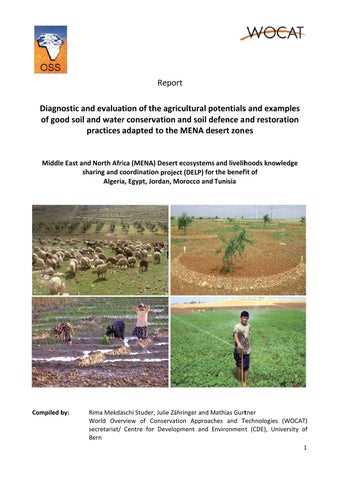
By restoring soil fertility in autumn, you can help suppress weed growth. A healthy soil ecosystem can outcompete weeds, reducing the need for chemical herbicides. Additionally, the added organic matter can create a thick mulch layer, which further inhibits weed growth by blocking sunlight and preventing weed seeds from germinating.
3. Enhanced Water Retention
Healthy soils that have been restored during autumn have improved water retention capabilities. This is crucial for maintaining moisture levels in the soil during dry spells and reducing the need for irrigation. By retaining more water, plants have a better chance of surviving and thriving, leading to increased yields.
4. Reduced Soil Erosion
Restoring soil fertility in autumn helps prevent soil erosion, which can be a significant issue during heavy rains or wind. The addition of organic matter improves soil structure and stability, making it less prone to erosion. This soil stabilization is especially important for sloping landscapes or areas with loose soil.
5. Long-lasting Effects
The benefits of restoring soil fertility in autumn have long-lasting effects. By replenishing nutrients and improving soil health, the positive effects can be seen for several years. This eliminates the need for frequent soil treatments or amendments, saving both time and money in the long run.
Overall, restoring soil fertility in autumn is a beneficial practice for any farmer or gardener. It improves nutrient availability, aids in weed control, enhances water retention, reduces soil erosion, and has long-lasting effects. By focusing on this method, you can ensure the health and productivity of your crops for years to come.
Long-lasting Effects of Autumn Soil Restoration
When it comes to maintaining a healthy and fertile soil, autumn soil restoration has proven to be an effective method with long-lasting effects. By implementing this technique, farmers and gardeners can improve soil fertility and ensure the optimal growth of crops and plants in the following years.
The Importance of Autumn Soil Restoration
Autumn is an ideal time for soil restoration as it allows for the replenishment of essential nutrients and the repair of any damage caused during the growing season. By restoring the soil in autumn, it provides ample time for the nutrients and organic matter to decompose and be absorbed by the soil, resulting in improved fertility.
1. Nutrient Replenishment: During the growing season, plants absorb nutrients from the soil, which can lead to depletion over time. Autumn soil restoration involves adding organic amendments such as compost, manure, or cover crops to replenish these nutrients. This helps to maintain a balanced nutrient profile in the soil, essential for the healthy growth of plants.
2. Organic Matter Decomposition: As organic amendments are added to the soil in autumn, they begin to decompose slowly. This decomposition process breaks down the organic matter, releasing valuable nutrients and improving the soil structure. The increased organic matter content in the soil enhances its ability to retain water and nutrients, making it more fertile.
The Long-lasting Effects
One of the key advantages of autumn soil restoration is its long-lasting effects. By taking the time to restore the soil in autumn, the benefits can be enjoyed for several years to come.
1. Enhanced Soil Fertility: The addition of organic amendments and the decomposition of organic matter result in increased soil fertility. The replenished nutrients provide a nutrient-rich environment for plants, ensuring their healthy growth. This enhanced fertility is sustained over time, benefiting crops and plants in subsequent years.
2. Improved Soil Structure: Restoring the soil in autumn helps to improve its structure. The decomposition of organic matter creates air pockets and channels within the soil, allowing for better water infiltration and root penetration. This improved soil structure promotes stronger and healthier plant growth, leading to higher yields and better crop quality.
3. Weed and Pest Control: By implementing autumn soil restoration, the organic matter added to the soil helps to suppress weed growth. The increased fertility of the soil also promotes plant vigor, making them more resistant to pests and diseases. This reduces the need for chemical interventions, resulting in a more sustainable and environmentally friendly approach to farming and gardening.
Overall, autumn soil restoration is a valuable technique for maintaining soil fertility and promoting long-term productivity. By investing the time and effort in restoring the soil in autumn, farmers and gardeners can enjoy the benefits of improved soil fertility, enhanced soil structure, and reduced weed and pest problems for years to come.
Key Steps to Achieve Soil Fertility Restoration in Autumn
1. Soil Testing:
Before starting the process of soil fertility restoration, it is crucial to conduct a thorough soil test. This will help determine the current nutrient levels and identify any deficiencies or imbalances in the soil. Soil testing can be done using various methods, including sending samples to a laboratory or using at-home testing kits.
2. Nutrient Analysis:

Based on the soil test results, it is important to analyze the nutrient requirements of the soil. This will help determine the type and quantity of fertilizers or soil amendments needed to restore soil fertility. Nutrient analysis typically involves evaluating the levels of essential nutrients such as nitrogen, phosphorus, potassium, and micronutrients.
3. Organic Matter Addition:
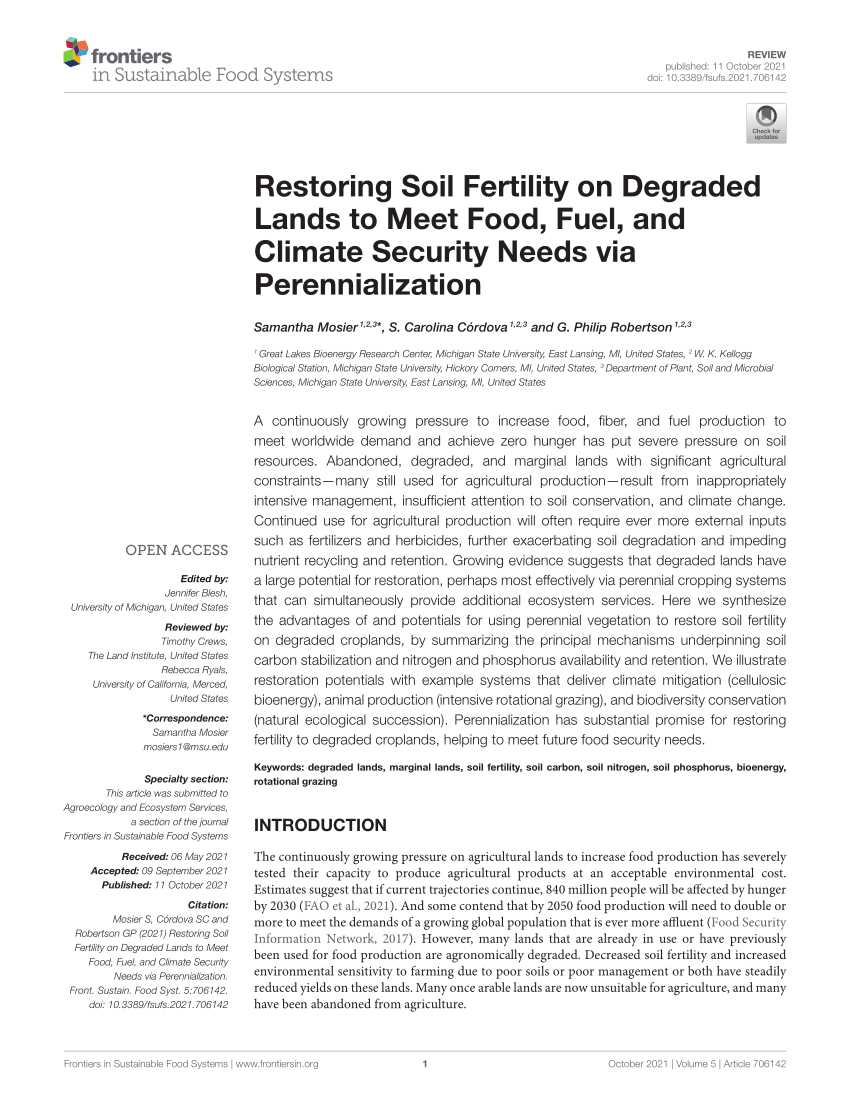
Adding organic matter is a crucial step in soil fertility restoration. Organic matter helps improve soil structure, water-holding capacity, and nutrient availability. It can be added in the form of compost, well-rotted manure, or cover crops. Incorporating organic matter into the soil during autumn allows it to break down and release nutrients over the winter, leading to improved fertility in the following growing season.
4. Soil Aeration:
Aerating the soil helps alleviate compaction and enhances root penetration. This allows for better nutrient absorption and improves overall soil health. Soil aeration can be done using tools such as a garden fork or a mechanical aerator. It is recommended to aerate the soil before applying any soil amendments or fertilizers.
5. Controlled Fertilizer Application:
Once the nutrient requirements have been determined, it is important to apply fertilizers in a controlled and targeted manner. This ensures efficient nutrient uptake by the plants and prevents overuse of fertilizers, which can lead to environmental pollution. Several methods can be used for fertilizer application, including broadcasting, banding, or fertigation.
6. Crop Rotation:
Implementing a crop rotation plan is an effective way to restore soil fertility in the long term. Rotating crops helps break pest and disease cycles, reduces nutrient depletion, and improves soil structure. Different crops have varying nutrient requirements, which helps maintain a balance of nutrients in the soil.
7. Mulching:
Applying mulch to the soil surface helps conserve moisture, suppress weed growth, and regulate soil temperature. Organic mulches such as straw, leaves, or wood chips also break down over time, adding organic matter to the soil and improving fertility.
8. Regular Monitoring:
Monitoring the progress of soil fertility restoration is crucial to ensure the effectiveness of the measures taken. Regular soil testing can help identify any changes in nutrient levels or imbalances, allowing for timely adjustments to the restoration plan.
By following these key steps, soil fertility can be effectively restored in autumn, setting the foundation for healthy and productive plant growth in the following seasons.
Optimal Timing for Implementing Restoration Techniques

When it comes to implementing restoration techniques for soil fertility, timing is key. In order to achieve long-lasting effects and maximize the effectiveness of these techniques, it is important to plan and execute them at the right time.
The importance of autumn
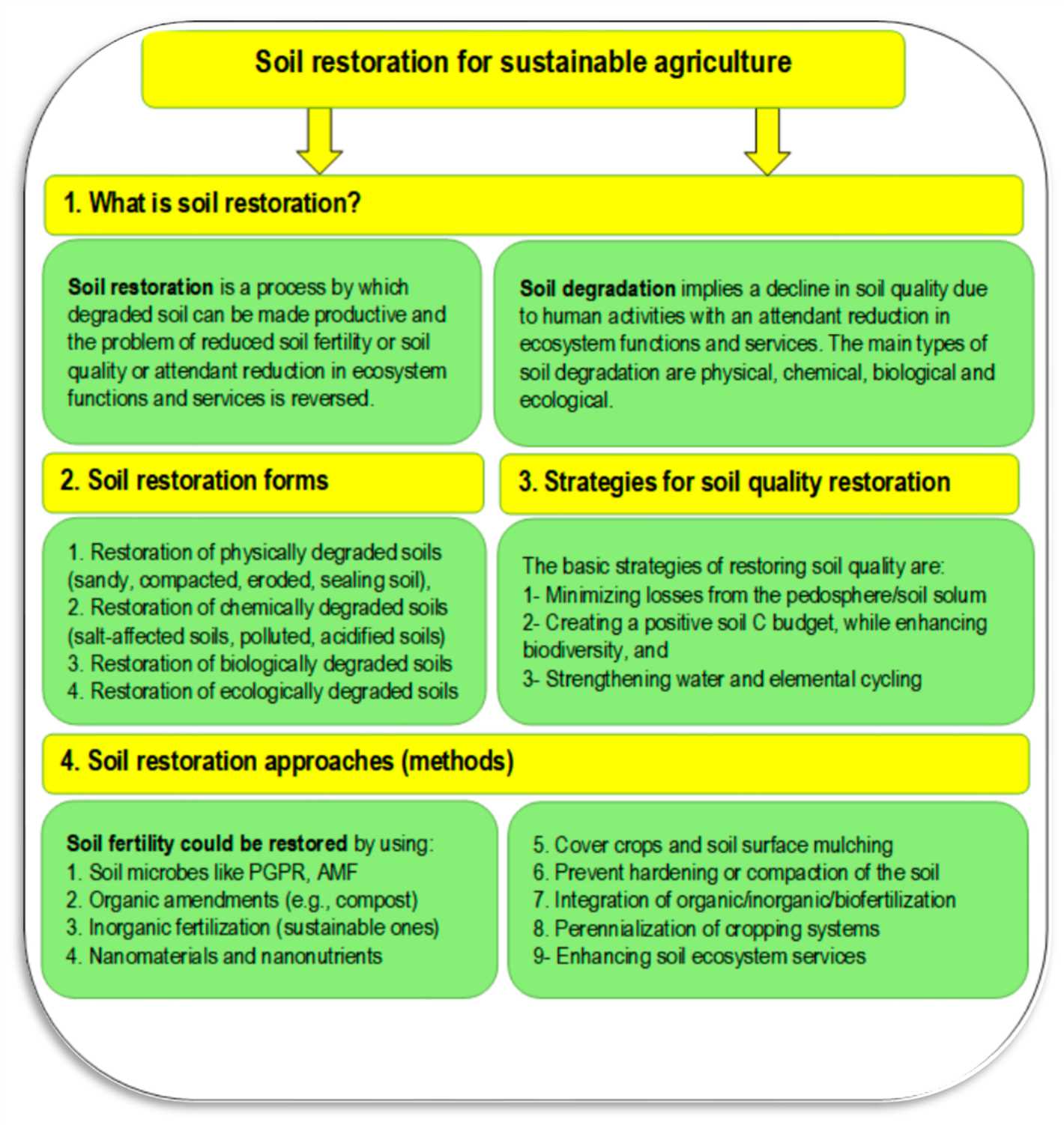
Autumn is considered the optimal season for implementing restoration techniques for soil fertility. This is because autumn provides a window of opportunity where the soil is still warm enough to facilitate microbial activity, but cool enough to prevent excessive nutrient loss.
Implementing restoration techniques in autumn allows for ample time for the new nutrients to be absorbed and incorporated into the soil before the next growing season. This ensures that the soil is enriched and ready to support healthy plant growth.
Considerations for specific techniques
Depending on the specific restoration techniques being implemented, there may be additional considerations for timing.
- Cover cropping: Cover cropping is a popular technique for restoring soil fertility. It involves planting specific crops during the off-season to provide ground cover and add organic matter to the soil. The best time to plant cover crops is typically in late summer or early autumn, allowing them enough time to establish before winter.
- Soil amendments: Adding soil amendments, such as compost or manure, is another technique for restoring soil fertility. These amendments should ideally be incorporated into the soil during the autumn months to allow sufficient time for them to break down and release their nutrients.
- Soil testing and analysis: Before implementing any restoration techniques, it is important to conduct soil testing and analysis to determine the specific nutrient deficiencies or imbalances present. Soil testing should ideally be done in late summer or early autumn, so that any necessary amendments can be made before the next growing season.
Conclusion
Achieving long-lasting effects in soil fertility restoration requires careful planning and timing. By implementing restoration techniques in autumn and considering specific factors for each technique, farmers and gardeners can optimize the effectiveness of these methods and ensure the health and productivity of their soil for years to come.
Choosing the Right Restoration Method for Your Soil
Restoring soil fertility is essential for maintaining healthy and productive crops. There are various methods available for restoring soil fertility, but it’s important to choose the right one for your specific needs and requirements. Here are some factors to consider when selecting a restoration method:
1. Soil Analysis
Before choosing a restoration method, it’s important to assess the current state of your soil. Conduct a soil analysis to determine the nutrient levels, pH, organic matter content, and any potential contaminants. This analysis will help you understand the specific needs of your soil and guide you in selecting the appropriate restoration method.
2. Crop Rotation
Crop rotation is a popular and effective method for restoring soil fertility. It involves planting different crops in a specific sequence to break pest and disease cycles and replenish soil nutrients. Choose crops that have different nutrient requirements and growth patterns to ensure a more balanced and sustainable system.
3. Green Manure
Green manure involves planting specific cover crops, such as legumes or grasses, to improve soil fertility. These plants fix nitrogen from the air, increase organic matter content, and enhance soil structure. Incorporating green manure into your soil restoration plan can have long-lasting benefits for your soil health.
4. Composting
Composting is a natural and readily available method for restoring soil fertility. It involves collecting and decomposing organic waste materials, such as food scraps, yard clippings, and animal manure, to create nutrient-rich compost. Adding compost to your soil helps improve its structure, water-holding capacity, and nutrient content.
5. Organic Fertilizers
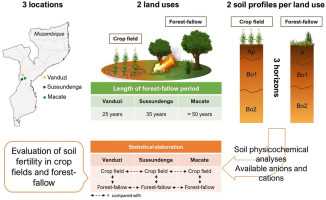
If your soil lacks specific nutrients, you can consider using organic fertilizers. These fertilizers provide essential nutrients to the soil and help restore its fertility. Choose fertilizers that are derived from natural sources, such as bone meal, blood meal, fish emulsion, or seaweed, to ensure minimal environmental impact.
6. Soil Amendments
Soil amendments, such as lime or gypsum, can be used to adjust soil pH levels and improve nutrient availability. It’s important to conduct a soil test before applying any amendments to determine the appropriate amount and type of amendment required. Incorrect application can lead to further imbalances in the soil.
7. Mulching
Mulching helps conserve soil moisture, suppress weeds, and improve soil fertility. Organic mulch, such as straw or wood chips, slowly decomposes and adds organic matter to the soil. This organic matter improves soil structure and fertility over time.
8. Conservation Tillage
Conservation tillage is a practice that involves minimizing soil disturbance during planting and cultivation. By reducing tillage, you can preserve soil structure, organic matter, and beneficial soil organisms. This method helps improve soil fertility and overall soil health.
When choosing the right restoration method for your soil, it’s important to consider your specific soil conditions, availability of resources, and long-term sustainability. A combination of different methods may be required to address multiple soil fertility issues. Consult with a soil expert or agronomist to determine the most suitable restoration method for your needs.
Monitoring and Maintaining Soil Fertility After Restoration
Once the autumn soil fertility restoration method has been implemented, it is crucial to monitor and maintain the fertility of the soil to ensure long-lasting effects. This involves regular assessment of soil characteristics and nutrient levels, as well as taking appropriate actions to address any deficiencies or imbalances.
1. Regular Soil Testing
Regular soil testing is essential for monitoring the fertility of the soil. This involves collecting soil samples from different areas of the field and sending them to a laboratory for analysis. The soil test results will provide valuable information about the nutrient levels, pH, organic matter content, and other important factors that influence soil fertility.
2. Adjusting Fertilizer Application
Based on the soil test results, it may be necessary to adjust the fertilizer application to ensure that the soil receives the required nutrients. This may involve increasing or decreasing the amount of fertilizer applied, as well as adjusting the ratio of different nutrients to address any deficiencies or imbalances.
3. Implementing Organic Matter Management
Organic matter is an essential component of fertile soil. To maintain soil fertility, it is important to implement organic matter management practices, such as incorporating crop residues, cover crops, and compost into the soil. These practices not only improve soil fertility but also enhance its structure, water-holding capacity, and ability to retain nutrients.
4. Managing Crop Rotation
Crop rotation is another effective strategy for maintaining soil fertility. It helps in preventing the depletion of specific nutrients, reducing the buildup of pests and diseases, and promoting soil health. By rotating different crops, the nutrient requirements of the plants can be balanced, and the overall fertility of the soil can be preserved.
5. Monitoring Soil Moisture
Proper soil moisture management is crucial for maintaining soil fertility. Monitoring soil moisture levels and ensuring adequate irrigation or drainage is essential to prevent water stress in plants and maintain optimal nutrient uptake. Regular monitoring can help identify any issues with soil moisture and allow for timely corrective measures.
6. Preventing Erosion
Soil erosion can lead to the loss of topsoil, which contains essential nutrients for plant growth. Implementing erosion control measures, such as contour ploughing, terracing, and cover cropping, is important for maintaining soil fertility. These measures help to reduce soil erosion, preserve soil structure, and retain nutrients within the soil.
7. Documenting and Analyzing Results
It is important to document and analyze the results of the soil monitoring and maintenance activities. This helps in evaluating the effectiveness of the restoration method used, identifying any challenges or areas for improvement, and making necessary adjustments for future soil fertility management.
In conclusion, monitoring and maintaining soil fertility after restoration is essential for ensuring long-lasting effects. By regularly testing the soil, adjusting fertilizer application, implementing organic matter management, managing crop rotation, monitoring soil moisture, preventing erosion, and documenting results, the fertility of the soil can be preserved and enhanced for sustainable agricultural practices.
Expert Insights on Achieving Sustainable Results in 2-3 Years
Soil fertility restoration is an important process in ensuring the long-term productivity of agricultural land. However, achieving sustainable results can be a challenging task that requires careful planning and implementation.
Experts in the field have highlighted a number of key insights that can help farmers and landowners achieve long-lasting effects in a span of 2-3 years.
1. Soil Testing and Analysis
A crucial first step in any soil fertility restoration program is to conduct comprehensive soil testing and analysis. This allows farmers to identify nutrient deficiencies, soil structure issues, and other factors that may affect soil health.
By understanding the current state of the soil, farmers can make informed decisions about the most effective interventions to restore its fertility. This may include adjusting pH levels, adding organic matter, or applying specific nutrients.
2. Implementing Cover Crops
Cover crops play a vital role in improving soil health and fertility. They act as a protective layer that prevents erosion, adds organic matter to the soil, and improves its structure.
Experts recommend selecting cover crops that are suitable for the local climate and soil conditions. These crops can be planted during the autumn season, allowing them to grow and establish throughout the winter months. Come spring, they can be tilled back into the soil, providing a nutrient-rich mulch.
3. Crop Rotation Techniques
Crop rotation is a proven technique for maintaining soil fertility. By alternating the types of crops grown in a specific area, farmers can break disease and pest cycles, reduce nutrient depletion, and improve overall soil health.
Experts recommend implementing a diverse crop rotation plan that includes both cash crops and cover crops. This combination helps replenish nutrients, increase organic matter, and promote beneficial soil microbial activity.
4. Organic Amendments and Compost
Organic amendments, such as compost, can greatly enhance soil fertility and structure. Compost adds organic matter, improves soil water retention, and provides essential nutrients for plant growth.
Experts emphasize the importance of using high-quality compost that is properly matured and well-balanced in its nutrient composition. Applying compost in the autumn allows it to gradually break down and release nutrients over the winter months, preparing the soil for spring planting.
5. Conservation Tillage Practices
Conservation tillage practices aim to minimize soil disturbance, preserve organic matter, and promote soil microbial activity. These practices include reduced tillage, no-till, and strip-till techniques.
By reducing the intensity of tillage, farmers can maintain the soil’s natural structure and stability, prevent erosion, and retain moisture. These practices also help sequester carbon in the soil, contributing to climate change mitigation.
6. Monitoring and Adjusting Techniques
Lastly, continuous monitoring and adjustment of soil fertility restoration techniques are essential for achieving sustainable results. This involves regularly assessing soil health indicators, such as nutrient levels, pH balance, and organic matter content, and making necessary adjustments to address any issues.
Experts recommend keeping detailed records of soil tests, crop yields, and applied interventions. This data can help farmers evaluate the effectiveness of their practices and make informed decisions for future soil fertility restoration efforts.
In conclusion, achieving sustainable results in soil fertility restoration requires a holistic approach that combines soil testing, cover cropping, crop rotation, organic amendments, conservation tillage practices, and continuous monitoring. By implementing these expert insights, farmers and landowners can restore and maintain soil health for long-lasting productivity in a span of 2-3 years.
“Question-Answer”
How long does it take for the autumn soil fertility restoration method to show long-lasting effects?
The autumn soil fertility restoration method takes 2-3 years to show long-lasting effects.
What is the autumn soil fertility restoration method?
The autumn soil fertility restoration method is a technique used to improve the fertility of soil during the autumn season.
Can the autumn soil fertility restoration method be used in any type of soil?
Yes, the autumn soil fertility restoration method can be used in any type of soil.
What are the benefits of the autumn soil fertility restoration method?
The benefits of the autumn soil fertility restoration method include improved soil structure, increased nutrient availability, and enhanced plant growth.
Is the autumn soil fertility restoration method a sustainable farming practice?
Yes, the autumn soil fertility restoration method is a sustainable farming practice as it helps to restore the natural fertility of the soil without the use of harmful chemicals.
Are there any disadvantages to using the autumn soil fertility restoration method?
One of the disadvantages of using the autumn soil fertility restoration method is that it may take 2-3 years to see significant improvements in soil fertility.







